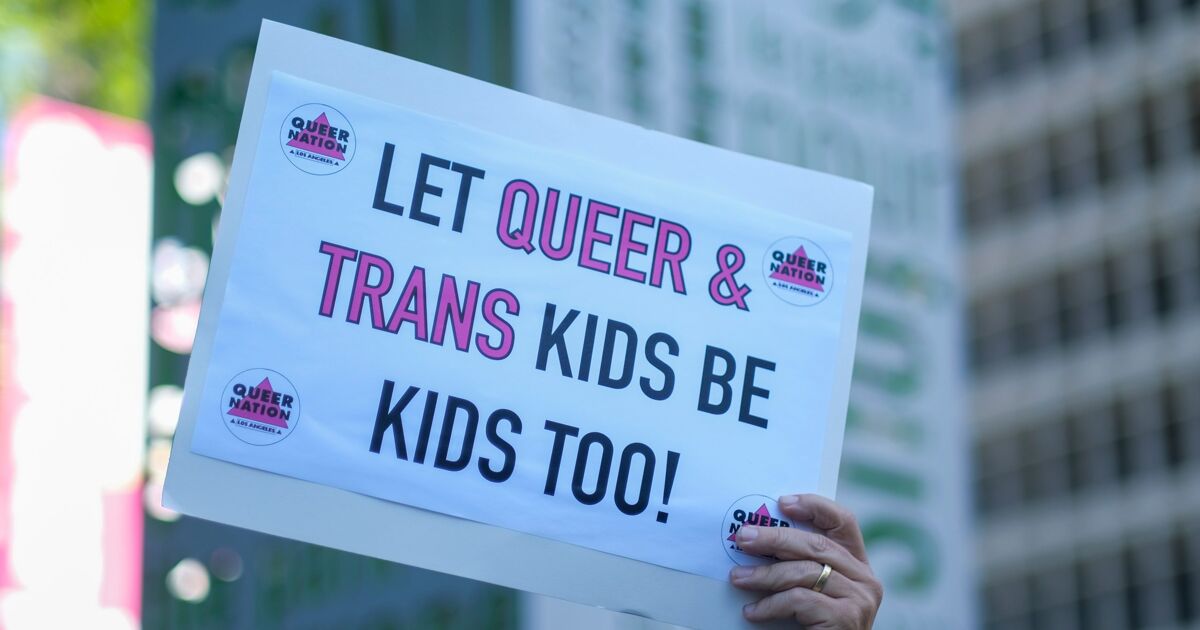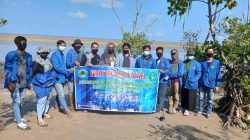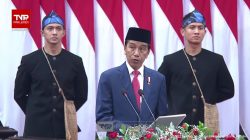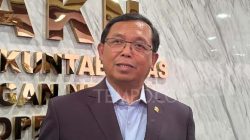The U.N. Draft Report on Gender Dysphoria and Its Controversial Claims
A recent draft report from the United Nations Human Rights Council has sparked significant debate by addressing gender dysphoria and its implications for young people, particularly those who identify as transgender or nonbinary. The document makes several contentious claims, including labeling gender dysphoria as “socially contagious” and criticizing both social and medical transitioning for minors.
The report highlights that children with autism are “particularly vulnerable” to what it calls the “social contagion of gender dysphoria.” It suggests that these individuals may adopt stereotypes as their core identity while experiencing a sense of dissociation from their physical bodies. This claim raises concerns about how the report frames the experiences of neurodivergent youth and whether it accurately reflects the complexity of their identities.
In addition, the report asserts that there are “long-lasting and harmful consequences” associated with social and medical transitioning for children. However, many experts note that most gender-affirming care available to minors is reversible, and social transitioning typically involves simple steps like wearing clothing that aligns with one’s gender identity or using a chosen name and pronouns. These actions are often seen as supportive rather than harmful.
Criticisms of the Report’s Data and Sources
One of the most controversial aspects of the report is its reliance on data from Finnish doctor Riittakerttu Kaltiala, who led a study claiming that 80% of cases of “childhood gender distress” will “recede with puberty.” This statistic has been widely criticized, with trans journalist Erin Reed pointing out that the data is based on outdated research and has been debunked by more recent studies.
Reed also highlighted Kaltiala’s connections to anti-trans organizations and her involvement in promoting narratives that seek to undermine gender-affirming care. She described Kaltiala as a key figurehead for the anti-trans movement and noted her associations with groups such as Genspect and Moms for Liberty, which oppose gender-affirming care and promote conservative values.
It is important to note that a minuscule number of trans individuals end up detransitioning, and many who do so cite discrimination from friends and family as the primary reason, not a realization that they were not trans. This underscores the need for nuanced and evidence-based approaches when discussing the experiences of trans youth.
Misrepresentation of Neurodivergence and Trans Identity
The report also misrepresents the relationship between neurodivergence and gender identity. Erin Reed has criticized the use of neurodivergence by anti-LGBTQ+ forces to invalidate the existence of transgender people. She pointed out that hate groups have used conditions such as ADHD and autism to dismiss the experiences of trans youth, framing transness as a symptom of neurodivergence that needs to be eradicated.
Leading experts on the intersection of autism and gender have strongly refuted these claims, stating that attempts to restrict access to gender care for autistic transgender individuals are unsupported by existing research. They have also condemned the misrepresentation of their work to support anti-trans agendas.
Anti-Trans Organizations and Their Influence
The U.N. report also cites anti-trans organizations such as the LGB Alliance, LGB Courage Coalition, and For Women Scotland (FWS). FWS was behind a legal challenge that led to the U.K. Supreme Court’s ruling last month, which defined a woman under the Equality Act as someone based on “biological sex.” Notably, author JK Rowling pledged a £70,000 donation to FWS in February 2024, further highlighting the influence of anti-trans voices in shaping policy and public discourse.
The report defends its focus on gender dysphoria and trans identities by arguing that they threaten to erase women and make it harder to combat violence against them. It claims that if the category of biological females is erased or decoupled from sex-based oppression, it becomes increasingly difficult to identify and combat such oppression. The conclusion of the report states that these alleged attempts to erase women are a form of violence against women and girls.
Conclusion
The U.N. draft report has drawn significant criticism for its approach to gender dysphoria and its reliance on questionable data and sources. While the report aims to address issues of safety and human rights, its framing of trans identities and gender-affirming care has raised concerns among advocates and experts. As discussions around gender and identity continue to evolve, it is crucial to ensure that policies and reports are informed by accurate, inclusive, and evidence-based perspectives.







